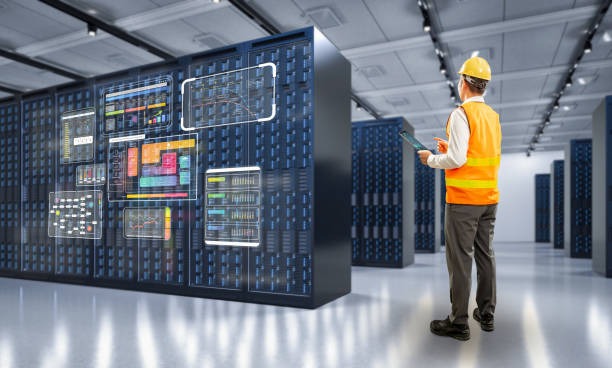Evaluating data centre development opportunities requires a sophisticated understanding of emerging technological trends and their infrastructure implications. Decision-makers must look beyond current requirements to anticipate future computational demands, including artificial intelligence workloads, quantum computing integration, and edge processing capabilities. The ability to view data centre development projects through this forward-looking lens separates successful investments from costly mistakes. Modern assessment frameworks incorporate factors such as power density capabilities, cooling efficiency metrics, network architecture flexibility, and sustainability credentials. Organizations that master this evaluation process position themselves to capitalize on technological advances while avoiding the pitfalls of obsolete infrastructure investments that cannot adapt to evolving market demands.
Power Infrastructure and Density Planning
Contemporary data centre developments must accommodate dramatically higher power densities than previous generations. Traditional facilities designed for 5-10 kW per rack now face demands exceeding 50 kW per rack for AI and high-performance computing applications. Evaluating a development project requires examining the electrical infrastructure’s ability to scale beyond current specifications.
Critical assessment points include examining the incoming utility feed capacity, transformer sizing, and uninterruptible power supply configurations. Projects should demonstrate redundant power paths with N+1 or 2N configurations that maintain operations during equipment failures or maintenance windows. The electrical distribution system must support both current and projected future loads without requiring fundamental reconstruction.
Power usage effectiveness (PUE) metrics provide insight into a facility’s energy efficiency design. Leading developments achieve PUE ratios below 1.2, indicating that cooling and auxiliary systems consume less than 20% of total facility power. However, PUE alone doesn’t tell the complete story—examine the measurement methodology and seasonal variations to understand true efficiency performance.
Cooling Architecture and Thermal Management
Advanced cooling technologies distinguish future-ready developments from conventional designs. Liquid cooling capabilities increasingly become essential as chip manufacturers push thermal design power limits higher. Projects should demonstrate infrastructure for both air and liquid cooling deployment, including raised floor designs that accommodate coolant distribution systems.
Free cooling integration reduces operational costs and environmental impact by leveraging ambient conditions when possible. Developments in suitable climates should incorporate economizer systems that can operate without mechanical cooling for significant portions of the year. This capability becomes particularly important as sustainability requirements intensify across markets.
Computational fluid dynamics modeling during the design phase indicates sophisticated thermal planning. Projects that invest in airflow simulation and thermal mapping demonstrate commitment to optimized cooling performance and future adaptability.
Network Architecture and Connectivity Readiness
Fiber infrastructure represents the circulatory system of modern data centres. Evaluate developments based on their carrier diversity, fiber entry points, and internal distribution capabilities. Projects connected to multiple internet exchanges provide better connectivity options and improved redundancy compared to single-carrier dependent facilities.
Internal network architecture should support both traditional three-tier designs and modern spine-leaf topologies. Spine-leaf networks provide superior scalability and performance for cloud-native applications and software-defined infrastructure deployments. The physical infrastructure must accommodate these different approaches without requiring major renovations.
Dark fiber availability within the development enables tenants to establish private network connections between facilities or to cloud service providers. This capability becomes increasingly valuable as hybrid cloud architectures proliferate across enterprise environments.
Sustainability and Regulatory Compliance Features
Environmental regulations continue evolving, making sustainability features essential rather than optional. Examine renewable energy procurement options, including on-site generation capabilities and power purchase agreements with clean energy providers. Developments should demonstrate clear pathways to achieving carbon neutrality targets.
Water usage efficiency metrics reveal another dimension of environmental impact. Advanced developments incorporate water recycling systems and leverage alternative cooling approaches that minimize freshwater consumption. This consideration becomes particularly important in water-stressed regions where usage restrictions may limit future expansion options.
Building certifications such as LEED, BREEAM, or equivalent standards indicate systematic attention to environmental performance. However, examine the specific certification level and criteria to understand actual sustainability commitments rather than relying solely on certification presence.

